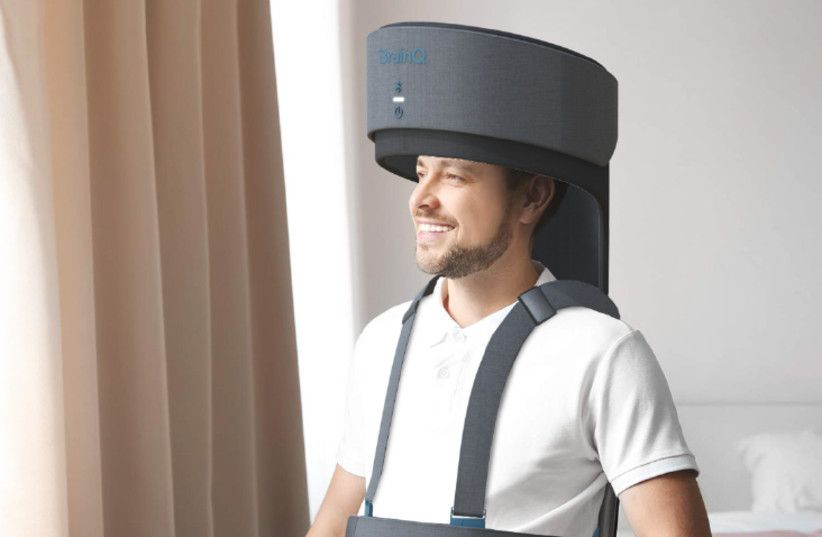**Engineers, using artificial intelligence and wearable cameras, now aim to help robotic exoskeletons walk by themselves.**
Increasingly, researchers around the world are developing lower-body exoskeletons to help people walk. These are essentially walking robots users can strap to their legs to help them move.
One problem with such exoskeletons: They often depend on manual controls to switch from one mode of locomotion to another, such as from sitting to standing, or standing to walking, or walking on the ground to walking up or down stairs. Relying on joysticks or smartphone apps every time you want to switch the way you want to move can prove awkward and mentally taxing, says Brokoslaw Laschowski, a robotics researcher at the University of Waterloo in Canada.
AI and wearable cameras could help exoskeletons act a bit like autonomous vehicles.









